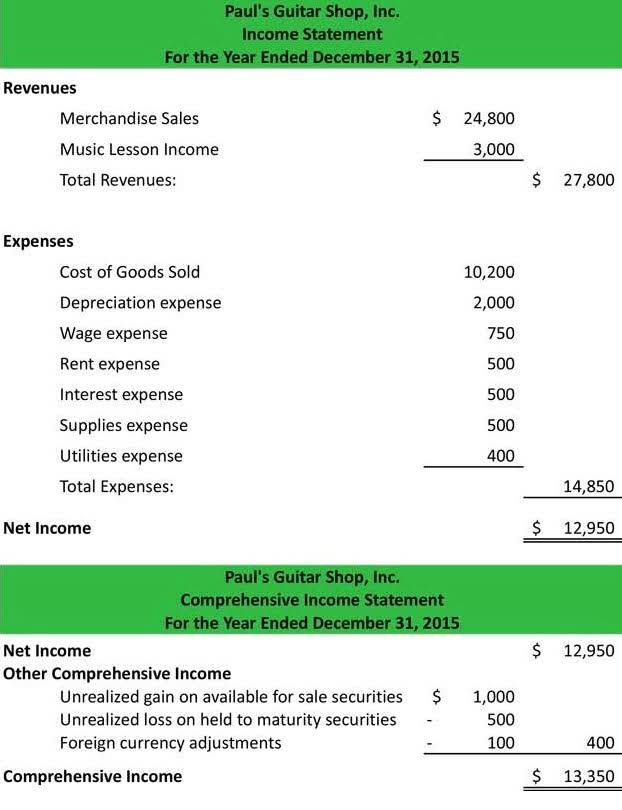
Overreliance bookkeeping on unrestricted net assets can lead to complacency in seeking out additional funding sources or diversifying revenue streams. With more detailed information as to the composition of net assets, different conclusions about these organizations’ financial health would be reached. The breakdown for Org A shows it has spent all its available cash on equipment or its facility and has an accumulated operating deficit of $20,000.
Understanding Credit Card Meaning: A Complete Guide

A legitimate and well-run nonprofit organization will provide Form 990s, annual reports, and auditor’s reports to prospective donors for their review. This simple but significant issue points to the absence of profits or losses in the non-profit world–a major difference as compared with the for-profit firms. Because of this major distinction, the non-profit organization handles accounting differently; some words and concepts seem odd to outsiders, requiring specific definitions and explanations.
How to Show a Mortgage Loan on a Not for Profit Balance Sheet
- Specifically, there are the unrestricted net assets and two types of restricted net assets.
- Therefore, maintaining adequate levels of unrestricted net assets is crucial for ensuring long-term financial sustainability and operational resilience.
- These funds are often placed in endowments, where the principal amount remains intact, and only the investment income generated can be used for specific purposes.
- Net assets with donor restrictions is due to the $40,000 in cash, all of which is from a restricted grant, and the $10,000 grant receivable.
- Temporarily restricted assets usually are donated for a particular purpose and must be used by a particular date, such as within one year.
- One key aspect of this financial stewardship involves managing restricted net assets.
- For example, an organization devoted to animal rescue may receive a restricted donation to be spent on the care and feeding of crocodiles.
This financial stability and independence provide corporations with the confidence to explore new opportunities, drive growth, and maintain a competitive edge in the marketplace. Generally accepted accounting principles (GAAP) call for an organization’s net assets to be classified as “with” or “without” donor restrictions. Net assets were formerly presented as unrestricted, temporarily restricted, or permanently restricted.
Temporarily restricted net assets
Organizations should track the financial transactions related to all donor restricted gifts in the accounting records to determine the status of the organization’s use of the gift and for reporting purposes. These case studies highlight that effective net asset management and reporting are critical for maintaining the financial health and operational integrity of nonprofits. Each organization’s approach provides valuable insights into adopting best practices in financial stewardship. In cases like these, the non-profit would recognize the donation as permanently restricted contribution revenues on unrestricted net assets the statement of activities and it would increase permanently restricted net assets on the balance sheet.
- Nonprofits must provide detailed information about the nature and amounts of donor restrictions, including how and when the restrictions can be satisfied.
- Founded in 1993, The Motley Fool is a financial services company dedicated to making the world smarter, happier, and richer.
- The primary purpose of unrestricted net assets is to facilitate sound financial planning, strategic decision-making, and operational flexibility within nonprofit organizations.
- Changes in the levels of unrestricted assets can impact financial reporting accuracy and the assessment of organizational financial health.
- To calculate unrestricted net assets, start by calculating the organization’s total net assets.
- An example might be a donation to the Red Cross for emergency aid delivered to Puerto Rico after a hurricane.
Example with Restricted Cash
- Nonprofit and government agencies receive money through donations or contributions and spend these funds to further their missions.
- In conclusion, the diligent management of net assets is essential for the success and sustainability of nonprofits.
- The management of endowment funds also involves adhering to legal and regulatory requirements, such as the Uniform Prudent Management of Institutional Funds Act (UPMIFA).
- Understanding these limitations is essential for optimizing the use of unrestricted resources.
- A common misperception is that net assets equals the amount of resources the organization has immediately available to spend.
- Additionally, nonprofits must disclose their policies for managing endowment funds, including spending policies and strategies for achieving investment objectives.
- The above conversation is fictitious, but it follows some of the conversations we’ve had with folks over the years.
Some donors contribute funds for a specific purpose; others contribute funds for the agency to use for any reason. Fund accounting allows the organization to manage the funds according to each purpose, assuring contributors that their money will serve the purpose for which it was intended. The main benefit of having unrestricted net assets is that it gives the company the flexibility to respond to unexpected circumstances and opportunities. The diligent Accounting for Churches accounting for net assets is not just a regulatory requirement but a core component of a nonprofit’s operational integrity and strategic management. This responsibility ensures that the organization remains accountable, transparent, and capable of fulfilling its mission effectively.

Related AccountingTools Courses

These examples reflect the financial health and stability of organizations within the nonprofit sector. Unrestricted net assets are utilized by nonprofit organizations for various purposes, including budgeting for operational expenses, managing cash flow effectively, and enhancing overall financial performance. These assets play a crucial role in supporting day-to-day operations and strategic initiatives. A healthy level of unrestricted net assets empowers organizations to make strategic decisions based on their long-term vision rather than short-term financial constraints.

